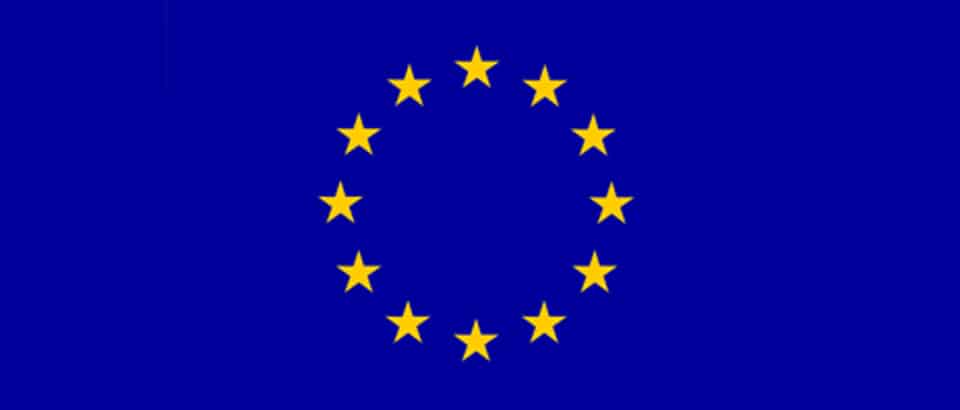Guest post by Principal Toxicologist Richard Young and Toxicologist Daniel Threlfall from Bibra, specialists in assessing the hazards and risks posed by chemicals and assisting chemical companies with REACH obligations (originally posted in May 2019). Updated by ReAgent.
In this post:
What is REACH?
REACH is a European Regulation concerning the safe use of chemicals, with the aim of improving the protection of human health and the environment through a system of
- Registration
- Evaluation
- Authorisation and
- Restriction of Chemicals
At around 1,000 pages, and described by some as the most complex legislation in the history of the European Union, it certainly isn’t the easiest of reads, but REACH is hugely important if you’re a manufacturer or importer of chemical substances in the EU (primarily in quantities of ≥1 tonne/year). REACH requires that industry has certain knowledge regarding the properties of its substances and that it manages and communicates potential risks appropriately. Read on for your brief introduction to REACH and why it’s so important.
Key Takeaways
REACH stands for Registration, Evaluation, Authorisation & Restriction of Chemicals
It’s a set of regulations applicable to the chemical industry in the EU
REACH is mainly concerned about the potential health and environmental impacts of chemicals
Brexit has affected REACH applicability in the UK in several ways
REACH systematised the data about chemicals being traded in the EU
What Does REACH Mean for Chemical Companies?

In short, chemical manufacturers/importers are required to prepare a registration dossier in order to assess whether their substance may cause adverse effects to human health and/or the environment, either based on test results or alternative (scientifically justified) information.
The REACH Standard Information Requirements (SIRs) are those data which are required as a minimum to meet the registration obligations; these vary between substances (e.g. dependant on tonnages manufactured/imported, use and properties), but include a series of physicochemical, (eco)toxicological and environmental fate “endpoints”.
The Key Principles of REACH
The basic principles of REACH are already contained in its acronym, namely, registration, evaluation, authorisation, and restrictions. These are all about regulating chemicals based on their types and properties.
Most chemical products can be registered to classify and provide comprehensive information about them. They can then be evaluated based on their possible hazards. These chemical products can then be authorised to be distributed in the market, but with corresponding restrictions if necessary.
The key principles of REACH are:
Registration of the chemical
Chemical products that are manufactured and sold in the EU must be registered. This allows for the creation of a comprehensive database and inventory count.
The registration categorises a chemical product and provides relevant information about it. The information includes its composition, health hazards (toxicological information), and potential environmental impacts.

Evaluation by competent experts
The evaluation is not only based on the documents submitted by the registrants. The chemical products undergo testing by competent experts to affirm compliance. The testing is done to determine the composition, the concentration, and possible hazards.
Authorisation process
Chemical products may either be authorised or rejected based on their potential hazards. Some chemicals are classified as substances of very high concern (SVHCs).
These may be authorised but gradually replaced by alternative products or technologies. Examples of which are carcinogens, mutagens, bioaccumulative substances, and endocrine disruptors.
Restrictions on substances
Chemical products may be limited or even banned if the associated risks are too high. Some chemicals may have restrictions in terms of its applications and users.
Characterisation of the substance in question is an important initial step in the registration process, to understand exactly what chemical (e.g. constituent quantification) is being produced/imported.
This has facilitated the formation of a substance information exchange forum (SIEF) amongst legal entities (such as manufacturers, importers, and data holders) who are dealing with the same substance, with the aim of sharing information and costs as well as limiting vertebrate animal testing where possible (which is a key principle of REACH, in line with the wider regulatory drive in this area). Although SIEFs are no longer an ‘official’ part of REACH, the function that they perform remains key to REACH compliance.
Literature searches and company data gathering exercises are essential steps in the identification of existing REACH-relevant data on a particular substance; such data can be used (possibly as part of a Weight-of-Evidence argument) to negate the need for conducting new experimental studies, to demonstrate where data-gaps exist in the available information, and where new testing and/or alternative approaches might be needed.
Common alternatives to in vivo laboratory animal testing include: the read-across concept (use of data on a closely-related (source) substance to predict the potential (eco)toxicity of the target substance); in vitro methods (involving isolated tissues, organs or cells rather than whole organisms); and (Quantitative) Structure-Activity Relationships ((Q)SAR; computational methods for predicting the characteristics of untested compounds based on knowledge of the activity of others).
The regulation encourages the use of such alternative methods where appropriate; it’s worth noting that there are high expectations as to the robustness, reliability and detailed supporting data/documentation accompanying such alternative approaches.
How REACH Uses Data
Many aspects of a REACH registration (e.g. data capture and management) are handled by a specifically designed software application (IUCLID) which is maintained by the European Chemicals Agency (ECHA).
The key features of a REACH registration include the following: summarising pertinent data on a particular chemical as outlined by the SIRs; interpretation of hazard information on classification and labelling (according to the EU CLP criteria); and calculation of DNELs/PNECs for characterisation of the human health/environmental dose response.
Certain substances (>10 tonnes/year) require the conduct of a chemical safety assessment (CSA) and the inclusion of a chemical safety report (CSR), the ultimate goal of which is to demonstrate safe use of the substance throughout its lifecycle.

Submission of IUCLID dossiers to ECHA is accomplished via the web-based software REACH-IT, at which stage a large portion of the REACH registration data is publicly disseminated on the ECHA website.
This is all well and good, with the registration process running relatively smoothly and well over 50,000 registration dossiers having been submitted to date, though the elephant in the room is what will happen to REACH in relation to the UK’s exit from the EU.
How Has Brexit Affected REACH?
It has been almost four years since the transition period for Brexit ended on 31st December 2020. As a consequence, the EU-related regulations such as EU REACH have ceased their applicability within the United Kingdom. Although many of these regulations have UK legislative counterparts or equivalents, they cannot be straightforwardly translated into British laws.
The UK REACH and EU REACH now operate independently from each other. For one, the regulating authority has changed. Chemical products that are manufactured, imported, and sold within the UK are regulated by the Health and Safety Executive (HSE) under laws legislated by the parliament that incorporated many of the original provisions of the EU REACH.

The UK REACH regulations are applicable within the market in Great Britain (England, Scotland, and Wales). Meanwhile, EU REACH remains to be applicable in the Northern Ireland market under the terms of the Northern Ireland Protocol.
Chemical Companies’ Compliance with REACH
If a chemical company is located or operating in England, Scotland, and Wales, UK REACH regulations will apply. On the other hand, if the company is located or operating in Northern Ireland, the EU REACH will apply under the Northern Ireland Protocol.
Similarly, if the products are imported from other countries or territories to be sold in the UK, similar rules will apply. Companies must register their products, let the products be evaluated and subjected to either authorisation or restrictions.
Just like in EU REACH, dossiers must be regularly updated. They are considered as “living documents” that must contain the latest data about the chemical products. The dossier must contain information about the possible human health and environmental impacts or hazards of the chemical products that are manufactured, sold, or imported in the UK.
UK REACH regulations cover pure chemical products (compounds), mixtures such as paints, and articles, which is an object produced with special shape or design such as items of clothing.
Steps for Compliance
The general steps for compliance for both EU REACH and UK REACH are similar. The documentary requirements are also very similar. It may vary a bit depending if you are registering as a manufacturer, importer, or as a representative of a manufacturer without any physical presence in the EEA or UK.
The general steps are as follows:
- Determine whether or not you can be exempted based on your chemical products
- Chemical product inventory, which include the ingredients of the product
- Submit an inquiry dossier for your chemical products
- File a joint or individual registration
The Future of REACH

The EU REACH regulations require chemical companies that manufacture, distribute, or import chemicals within the European Economic Area to register their products to the European Chemical Agency or ECHA. This is applicable to companies that produce one metric tonne or more of chemical products per year.
The main purpose is to determine the level of risk and prevent major impacts on human health and on the environment by setting certain restrictions or banning the products. The system is likely to stay in place for decades to come, although specific provisions may change as chemical manufacturing technology and products change.
It’s also possible that the system could expand beyond the European Economic Area through treaties, and might even include the UK again should the country decide to reintegrate.
Changes and Developments
Just like other regulations, EU REACH is regularly updated depending on the needs and new challenges. Some recent changes and developments include the following:
- Latest software updates on the data management software IUCLID as of June 2023
- ECHA started completeness checks on new registrations based on Article 20(2) of the REACH Regulation as of January 2023
- Changes in information requirements were implemented since June 2021, these include surface tension and water solubility of metals
- New rules for adapting studies on fate and behaviour in the environment
REACH’s Impact on the Global Chemical Industry
Most countries in the world look up to European countries when it comes to high standards of products, including the chemical industry. Consequently, the bar for international quality standards in many aspects of products are set on European standards, primarily the health and environmental impacts of these products.
This is particularly true for the chemical companies that are operating or exporting their products to countries within the European Economic Area of the EU. Some of these companies needed to either improve their methods, technology, and product quality or find alternative solutions and products that will pass the REACH standards. They have significantly minimised the carbon footprints and toxicity of their products.
Bibra specialises in assessing the hazards and risks posed by chemicals and assisting companies with their REACH obligations, notably the preparation of registration dossiers and more recently in dealing with toxicological issues following ECHA Evaluations.















